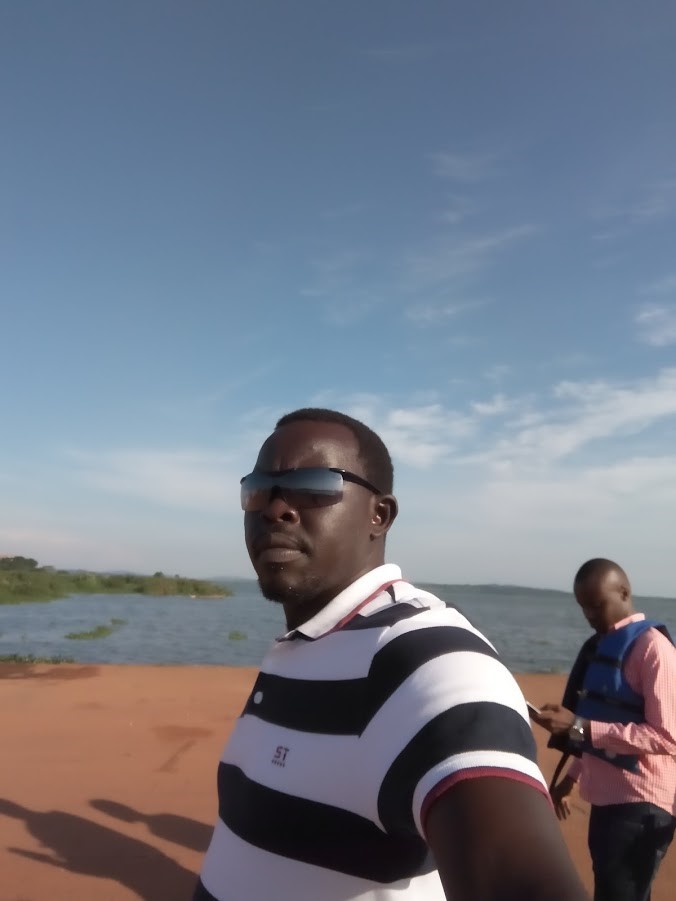
Solution name: National Ambulance Services (NAS)
Denis Oguzu Lee
Health Systems Strengthening
Process or service
Pilot
Rural
The high emergency mortality and morbidity rates and its associated costs are not only a socio-economic burden for many African countries, but a bottleneck to realization of Sustainable Development Goals and Agenda 2063. According to Uganda’s Health Ministry, despite the high emergency tolls and presence of ambulances across the country, less than 7% of patients arrive at health facilities by ambulance. This has been attributed to the absence of a formal Emergency Medical Service system (EMS).The National Ambulance Service (NAS) is an on-demand emergency services response and a component of an all-in-one app, Ogaget. The solution has been developed to assist with the fastest access to emergency medical transport and immediate care that aligns with the budget of a patient. This platform is intended to address the current state of inaccessibility to emergency medical care due to lack of coordination, low capacity and inadequate technical infrastructure in most African emerging countries.
The National Ambulance Service (NAS), an innovation by Denis Lee Oguzu, a legislator and technology entrepreneur from Uganda and a graduate student of Information Technology at Makerere University in Kampala, is a mobile, on-demand, hyper-local ambulance, police and fire service call and dispatch emergency system for Android and iOS. The innovation aggregates various types of private and public emergency services and allows the nearest required service to be dispatched immediately to the patient at the fastest possible time. It enables a registered user to initiate a request for ambulance and specify exact pickup and health facility drop off location of the patient. The technology also allows those without smart phones to call the emergency call centre and allows those unable to speak to request assistance through a chat/SMS. The platform has a built-in administration interface for system monitoring, maintenance and immediate trouble-shooting. Usage data will provide policy makers with 360 degree performance overview which can be used to inform and enhance the performance of emergency medical response. Customers can also book or schedule ambulance delivery for a future date and time through the app. Users will be able to get Real-Time alerts about their trip status through push and SMS notifications and can track the status of their dispatched provider on an interactive map to give real-time experience. Customers will be able to pay using multiple inclusive payment options such as mobile money, cash on delivery or even bank transfers, and users can also rate their experience with providers which helps to improve the emergency response.
